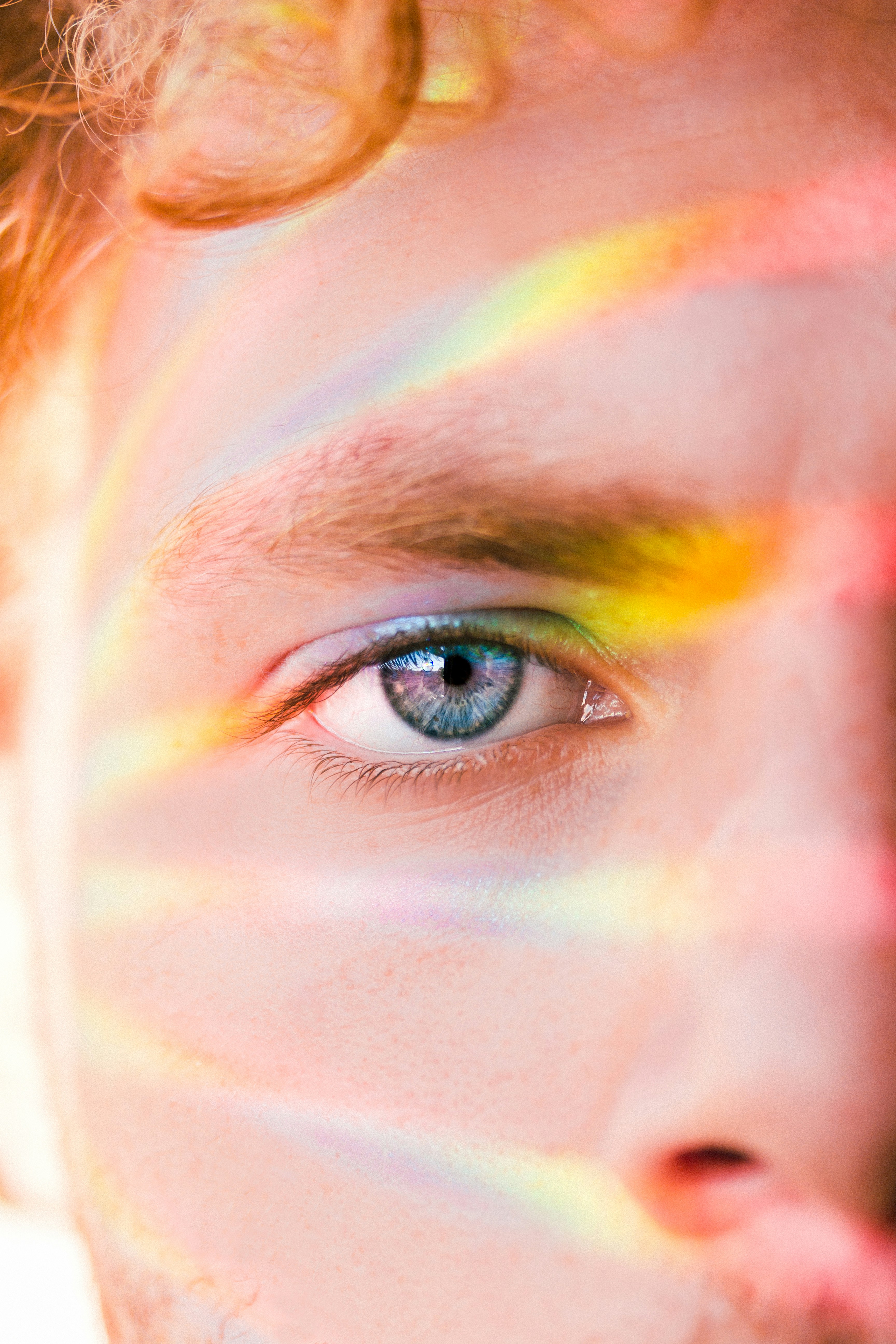
Why You're Seeing Eye Floaters & When to Worry | Eye Care
Have you ever noticed small, dark shapes drifting across your field of vision when you look at a bright sky or white wall? These mysterious "floaters" can appear as dots, squiggles, cobwebs, or thread-like strands that seem to dance around your vision. While they can be alarming when you first notice them, understanding what causes floaters—and when to be concerned—can help put your mind at ease.
What Are Eye Floaters?
Eye floaters are tiny pieces of debris floating in the vitreous, the clear, gel-like substance that fills the inside of your eye. Think of them as small bits of dust on a camera lens. When light passes through these irregular areas, it casts shadows on your retina, creating the shapes you see.
The medical term for floaters is myodesopsias, and they're incredibly common. Most people will experience floaters at some point in their lives, especially as they age. These seemingly moving objects actually exist inside your eye and move with your gaze, which is why you can't "catch" them when you try to look directly at them.
Common Causes of Floaters
Age-Related Changes
The most common cause of floaters is the natural aging process. When we're born, the vitreous is completely clear and gel-like. As we mature, usually after age 50, this gel begins to liquefy and shrink. During this process, microscopic fibers within the vitreous clump together, creating the shadows we perceive as floaters.
Posterior Vitreous Detachment
As the vitreous continues to liquefy with age, it may pull away from the retina in a process called posterior vitreous detachment (PVD). This is a normal part of aging that occurs in most people between ages 50-70. While usually harmless, PVD can cause a sudden increase in floaters and may be accompanied by flashes of light.
Other Causes
Floaters can also result from:
- Eye inflammation or infections
- Bleeding inside the eye
- Retinal tears or detachments
- Previous eye surgery
- Eye injuries
- Severe nearsightedness
When Floaters Are Harmless
Most floaters are benign and pose no threat to your vision. You might notice them more when:
- Looking at bright, uniform backgrounds like a clear sky or white wall
- Being in well-lit environments
- Being tired or stressed (which can make you more aware of them)
Over time, many people find that their brain learns to ignore these harmless floaters, making them less noticeable during daily activities.
Red Flag Symptoms: When to Seek Immediate Care
While most floaters are harmless, certain symptoms require urgent medical attention. Contact an eye care professional immediately if you experience:
- A sudden onset of new floaters
- A new shower of floaters appearing all at once
- Flashes of light in your peripheral vision
- A curtain or shadow blocking part of your vision
- Sudden vision loss or significant vision changes
- Eye pain accompanying new floaters
These symptoms could indicate serious conditions such as retinal tears or detachments, which require prompt treatment to prevent permanent vision loss.
The Importance of Professional Evaluation
Only a comprehensive dilated eye examination can determine whether your floaters are harmless or indicate a more serious condition. During this exam, your eye doctor will:
- Examine the vitreous and retina thoroughly
- Look for signs of retinal tears, holes, or detachment
- Check for inflammation or bleeding
- Assess your overall eye health
If you have risk factors like diabetes, high blood pressure, or severe nearsightedness, regular eye exams become even more critical for monitoring changes that could affect your vision.
Treatment Options
When No Treatment Is Needed
Most floaters don't require treatment. If they're bothersome, you can try:
- Moving your eyes up and down to shift floaters out of your central vision
- Using good lighting to minimize their appearance
- Learning to ignore them as your brain adapts
When Treatment May Be Considered
In rare cases where floaters significantly interfere with daily activities, your eye doctor might discuss:
- Laser therapy to break up large floaters
- Vitrectomy surgery to remove the vitreous and replace it with a clear solution
These treatments carry risks and are only recommended in severe cases and should be discussed in-depth with your doctor.
Prevention and Risk Reduction
While you can't prevent age-related floaters, you may reduce your risk by:
- Managing chronic conditions like diabetes and high blood pressure
- Protecting your eyes from injury
- Having regular comprehensive eye exams
- Maintaining overall good health
Living with Floaters
For most people, floaters become less noticeable over time as the brain learns to filter them out. While they may never completely disappear, they typically become much less bothersome within a few months.
Remember: sudden changes in your vision always warrant professional evaluation. Your eyesight is irreplaceable, and early detection of eye problems leads to the best outcomes for preserving your vision.










